Serious Xenophobia Triggered By Movies
Joseonjok Antagonized by Korean Society
October 11, 2022
⚠Disclaimer: This article contains a sensitive topic and isn’t written to offend. ⚠
When movies discriminate against a certain gender or race, they get heavily criticized with countless hateful comments on the internet. The movies become hot topics that everyone gets agitated and uncomfortable about. However, there is one group of people that most Korean viewers or internet users don’t get disturbed when movies offend them: Joseonjok. Furthermore, most Koreans resent and think it is reasonable to antagonize and abhor them.
조선족(Joseonjok 朝鮮族), ethnic Koreans from China, are the descendants of Koreans that migrated to the People’s Republic of China. According to the 2021 records from the Korean Statistical Information Service, 614,665 Korean-Chinese live in Korea, being the single largest group of foreign citizens in Korea. Daerim-dong, also known as China inside Seoul, is well known as the town that has the largest Joseonjok population. However, society doesn’t accept or identify them as Koreans; they strictly separate them as Chinese.
Once Koreans notice that you are Joseonjok, the way they look at you will change in a drastically negative way. According to the Korea Research Institution, 59% of the respondents said they have negative thoughts about Joseonjok and 36% of those surveyed thought of them as people they have to be cautious of. Those opinions come from the prejudice that is mostly established by the portrayals in media. For example, in the mega-hit comedy movie Midnight Runners(2017), which attracted over five million moviegoers, the antagonists are Joseonjok and their town is negatively depicted.
In the movie, the kidnappers are from the Joseonjok gang in Daerim-dong where illegal actions arise everywhere. The district was described as, “Only Korean-Chinese live here. Many stabbing incidents happen at night. There are many ruthless illegals that cops won’t even touch. I wouldn’t recommend walking around at night,” by the taxi driver who drove the two protagonists to the neighborhood. In that ‘dangerous’ setting, the gang retrieved girls’ eggs by using a superovulation drug that made them produce twenty eggs per month; all of the crimes and brutal actions in the movie are carried out by this specific group of people.
The movie was actually blamed for increasing the negative stereotype and xenophobia; in 2017, the Korean-Chinese community with 62 people filed a suit claiming compensation for damages to their reputation, aimed at the production company, Movie Rock. The court commissioned a settlement recommendation on the case and entrusted the company to apologize and promise anything similar wouldn’t happen again.
Due to the court’s decision, the company sent a statement to the committee: “We deeply apologize to everyone who felt discomfort about the way the Chinese were depicted in the film,” the company said. “We made such fictional depictions only to evoke suspense.” This was the first time the Department of Justice got involved in a media including hate speech and not everyone was happy about this decision since the freedom of speech was restricted.
Apart from Midnight Runners, there are many other movies that illustrate Joseonjok’s stereotypical features. In such movies, they are mostly portrayed as poor and violent criminals. Their roles are played by male actors in their forties who wear make-up and use props to seem dark, scruffy, and intimidating. Along with the unpleasant appearance, other characters call them using all kinds of derogatory words like ‘연변거지’ (translated to Yanbian hobos). With little exception so far, all the Korean-Chinese are portrayed as ugly and merciless characters.
Joseonjok characters basically have the same roles and banal narratives in every movie; they are criminals, gang members, organ traffickers, or are involved in illegal acts which get them “punished” for the wrongs they have done by the righteous protagonist.
Then, the raised question is: “are those movies social chastisement films, or did they misportray an entire demographic?” Depicting what type of people they are by generalizing isn’t the right way to describe a group of people, as the reality isn’t the same as how they’re characterized in the media.
The Statistical Yearbook on Immigration and Foreigners Policy by the Ministry of Justice reported that in 2017, among 34,000 foreign criminals who risk deportation, 19,000 were Chinese. The National Police Agency‘s report from 2016 said that Joseonjok’s crime rate is similar when compared to other foreigners. All the Joseonjoks are framed as criminals even when their crime rate isn’t outstanding compared to that of other foreigners. Adding on, locals have actually committed crimes twice more as foreigners. Contrary to reality, according to the experiment led by KOSSDA(Korea Social Science Data Archive), 45.6% of 1000 adults claimed that the Chinese are the ones raising the South Korean crime rate.
Production companies and content creators are further exploiting an ethnic group for their financial benefit. The media is framing certain races, leading to worsened discrimination and the continued spread of xenophobia in society, eventually encouraging movies to use the concept more often. This endless loop isn’t going to stop unless we advocate for changes.

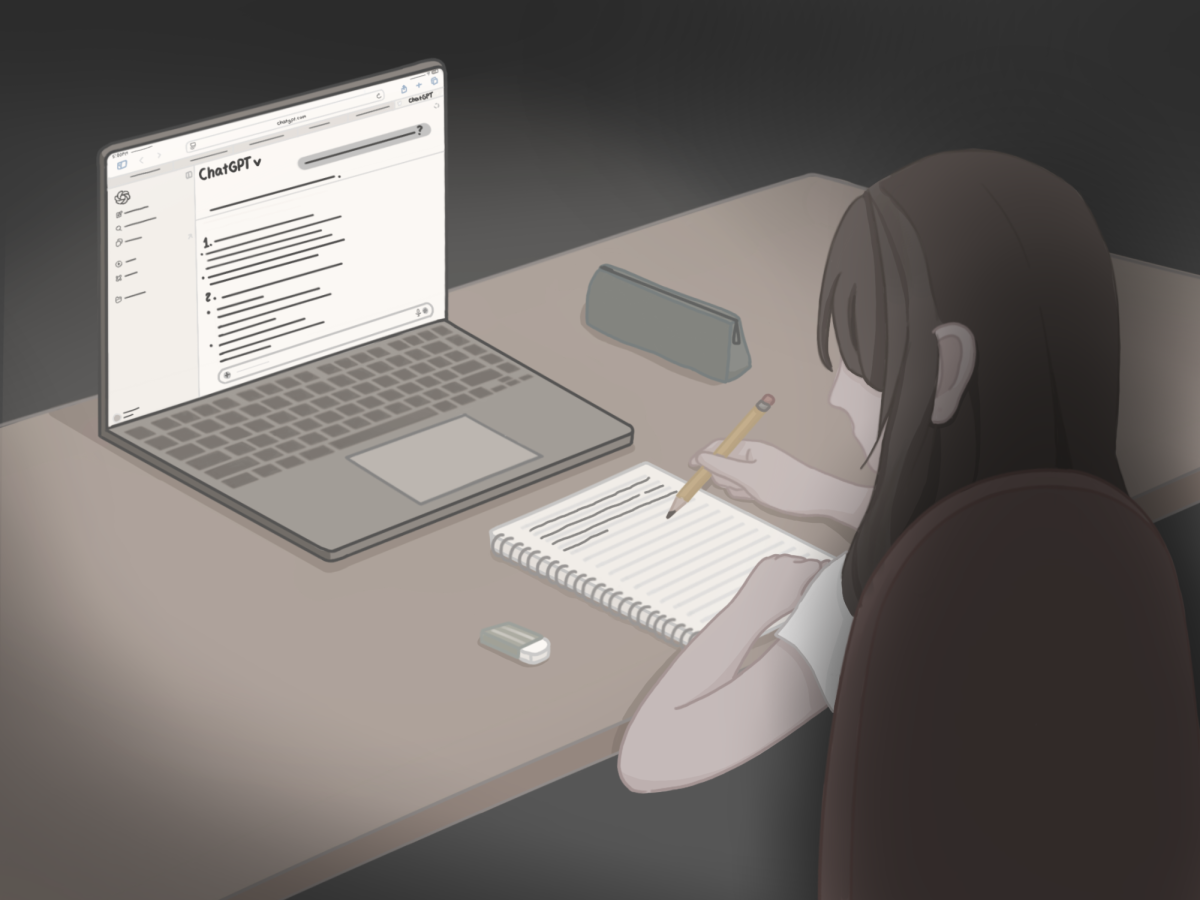

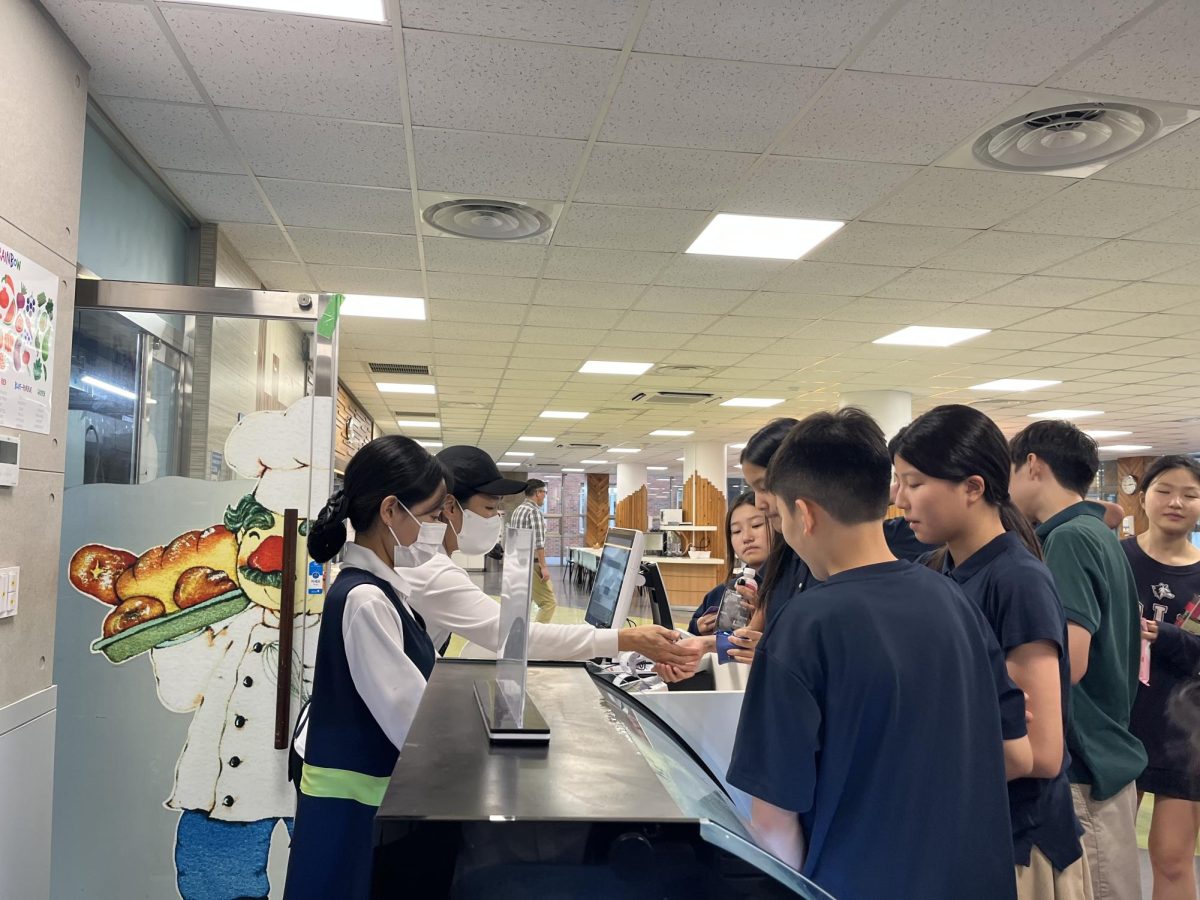
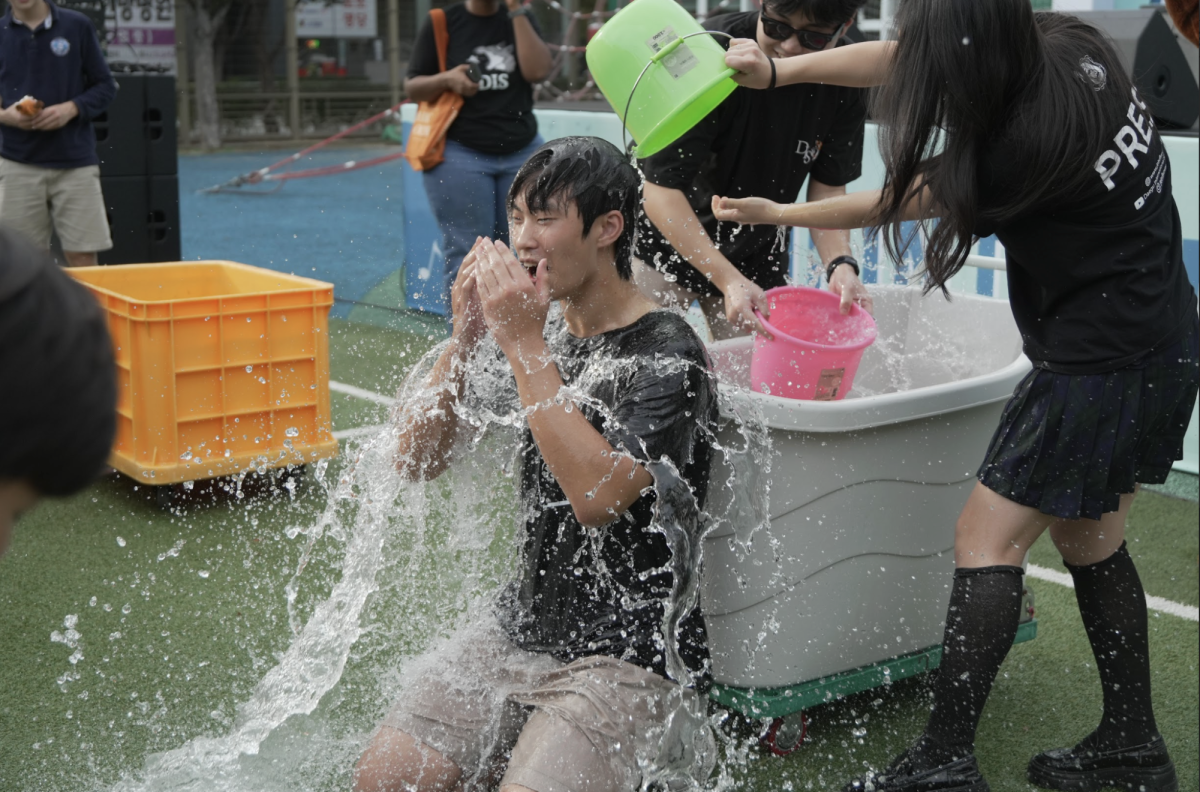

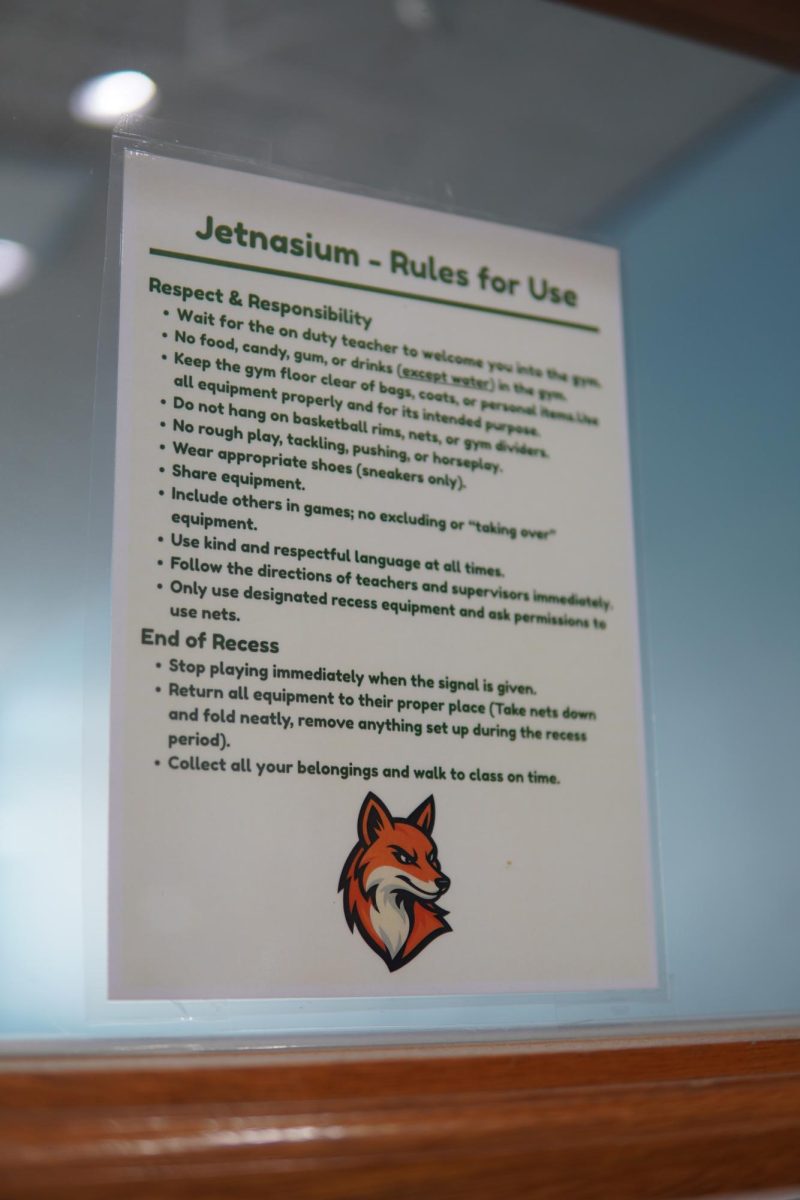
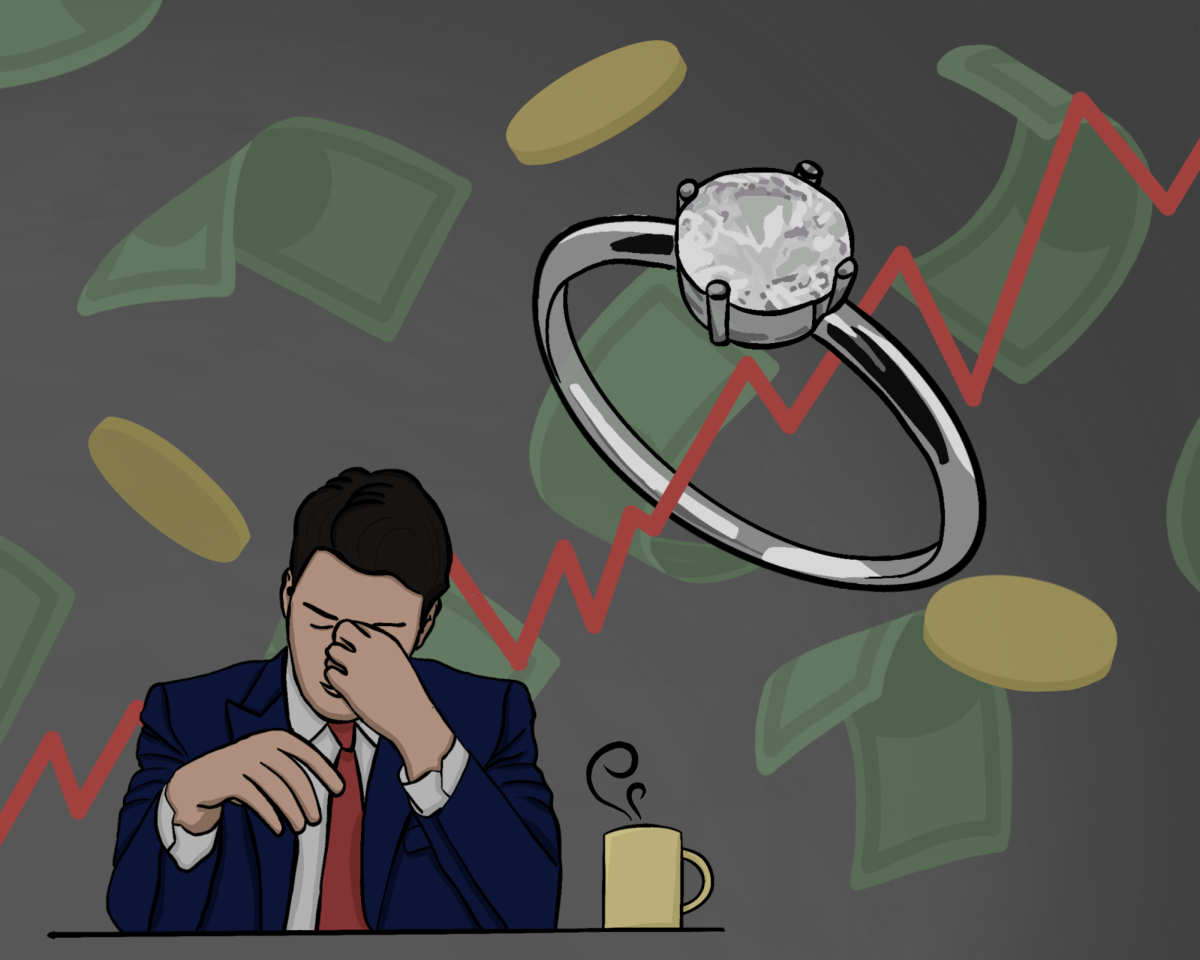

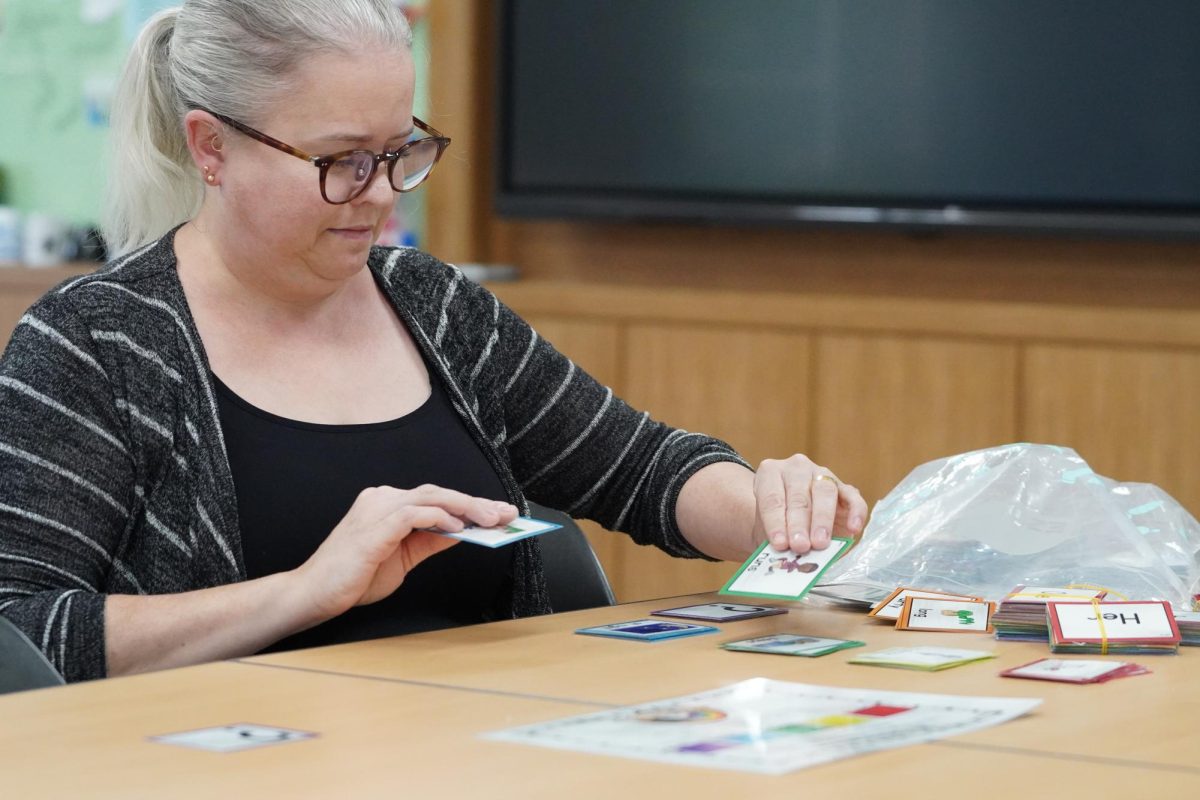
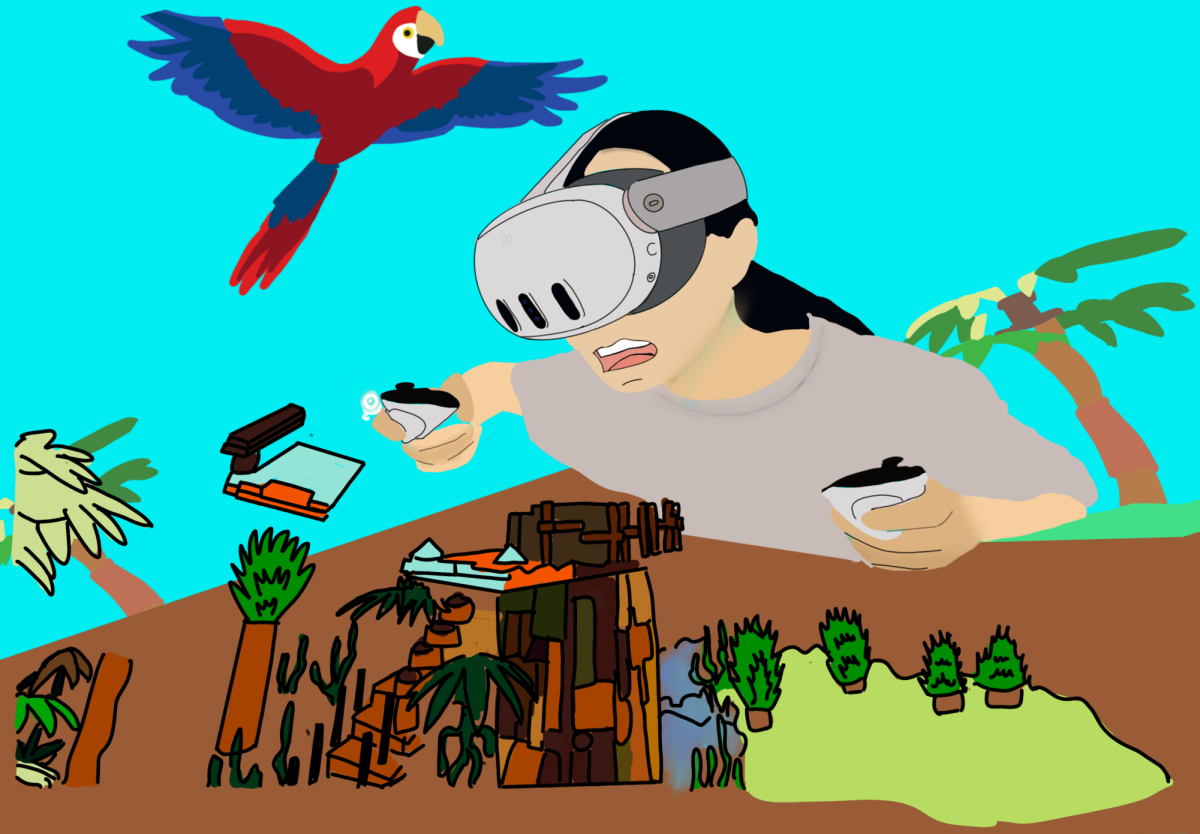

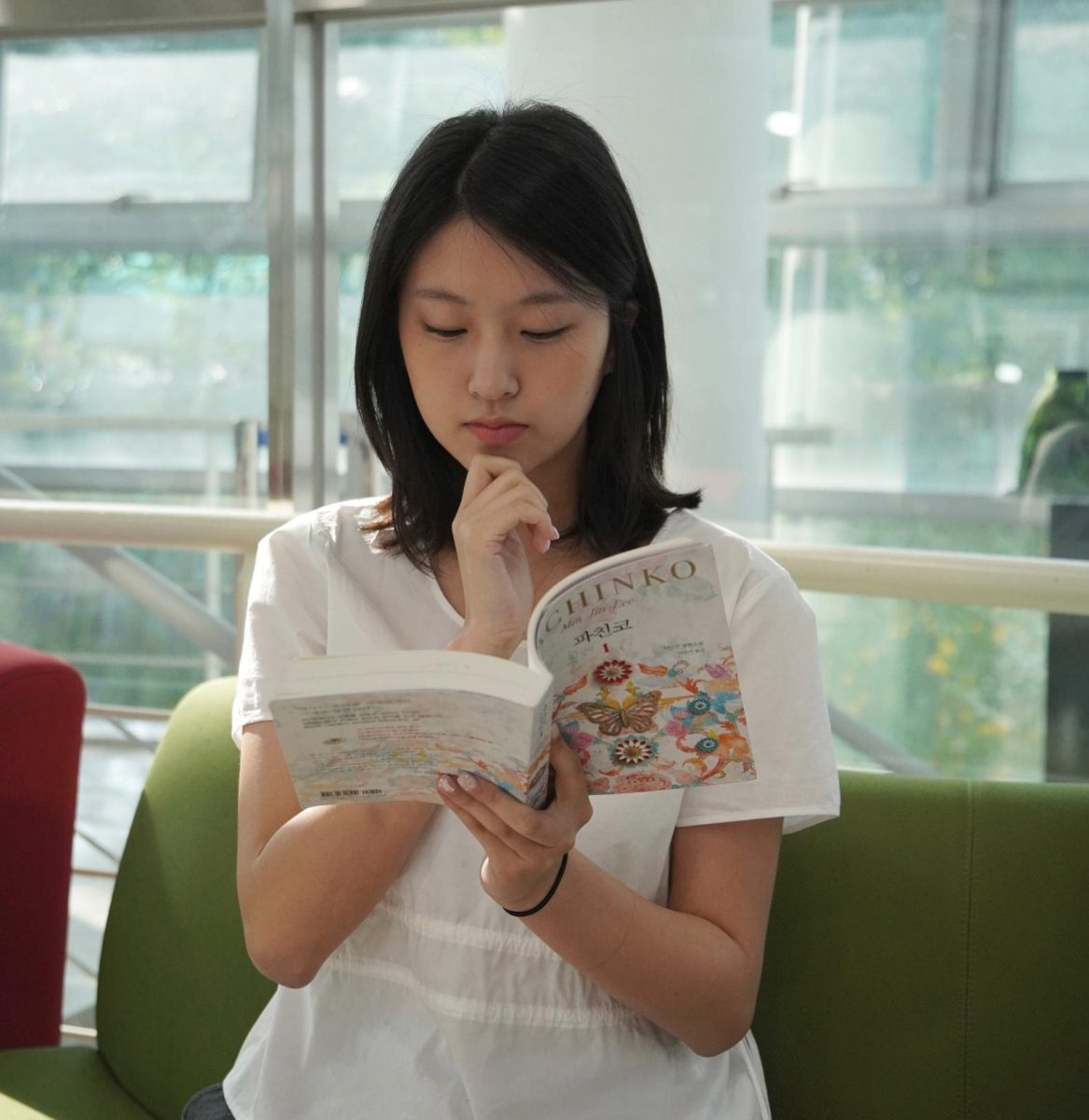

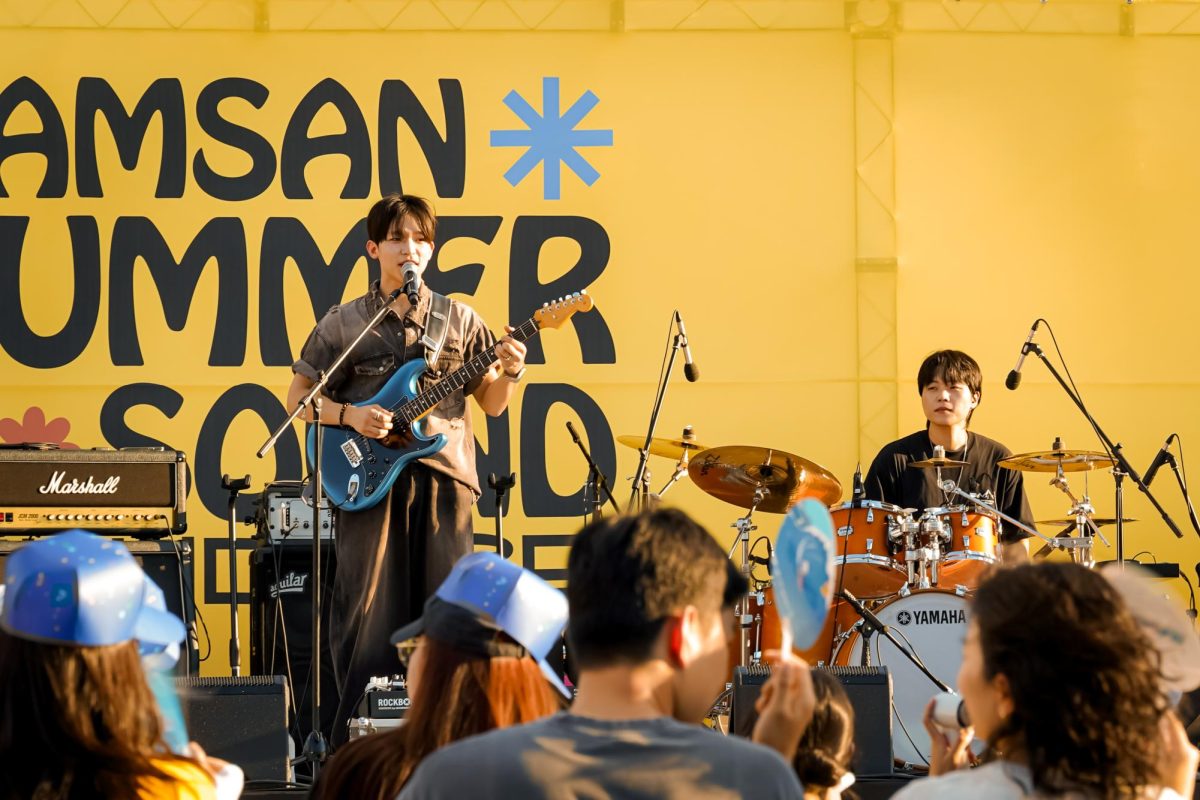
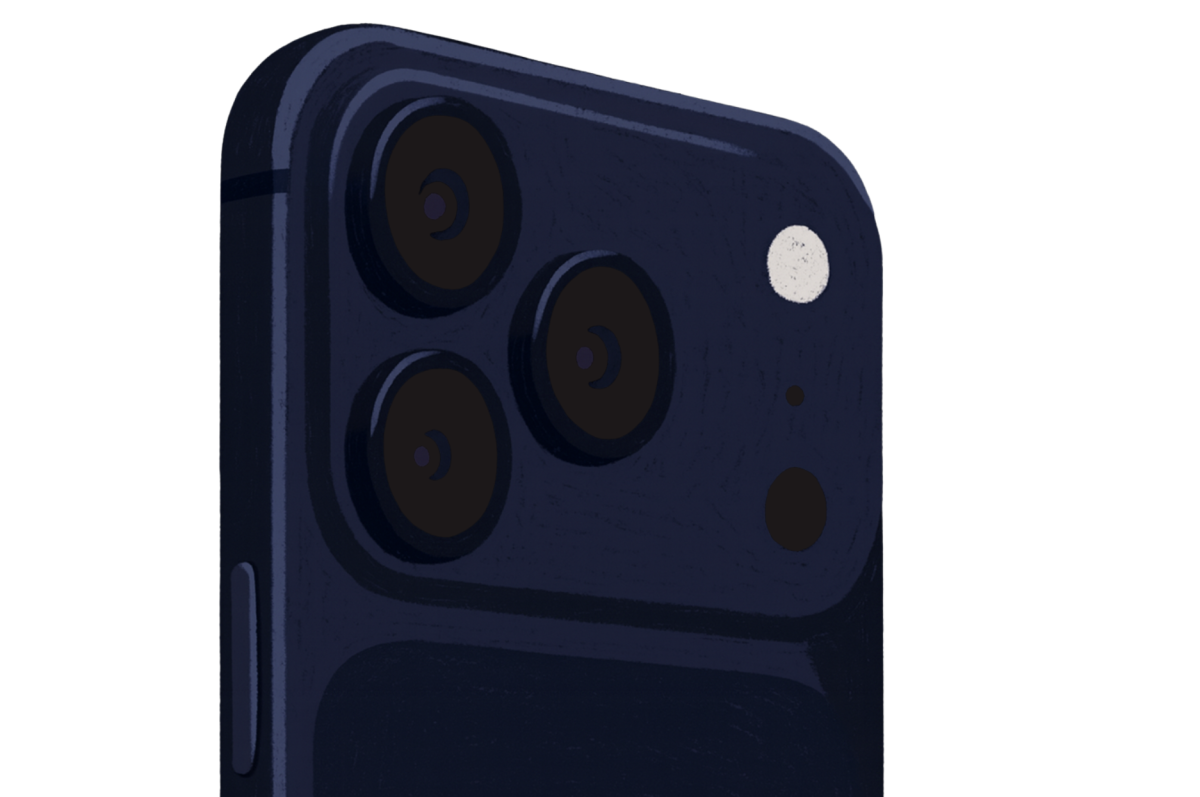
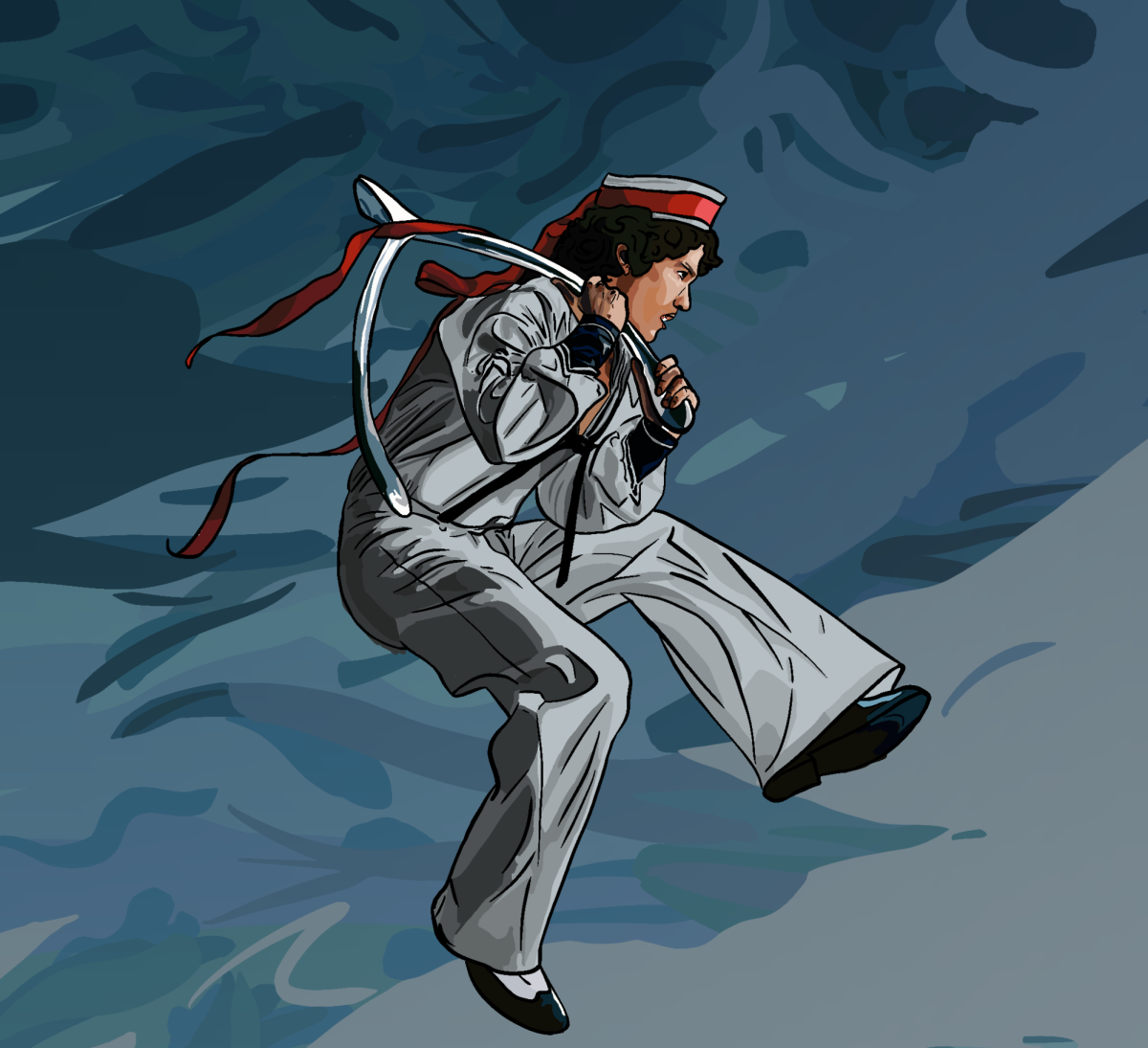
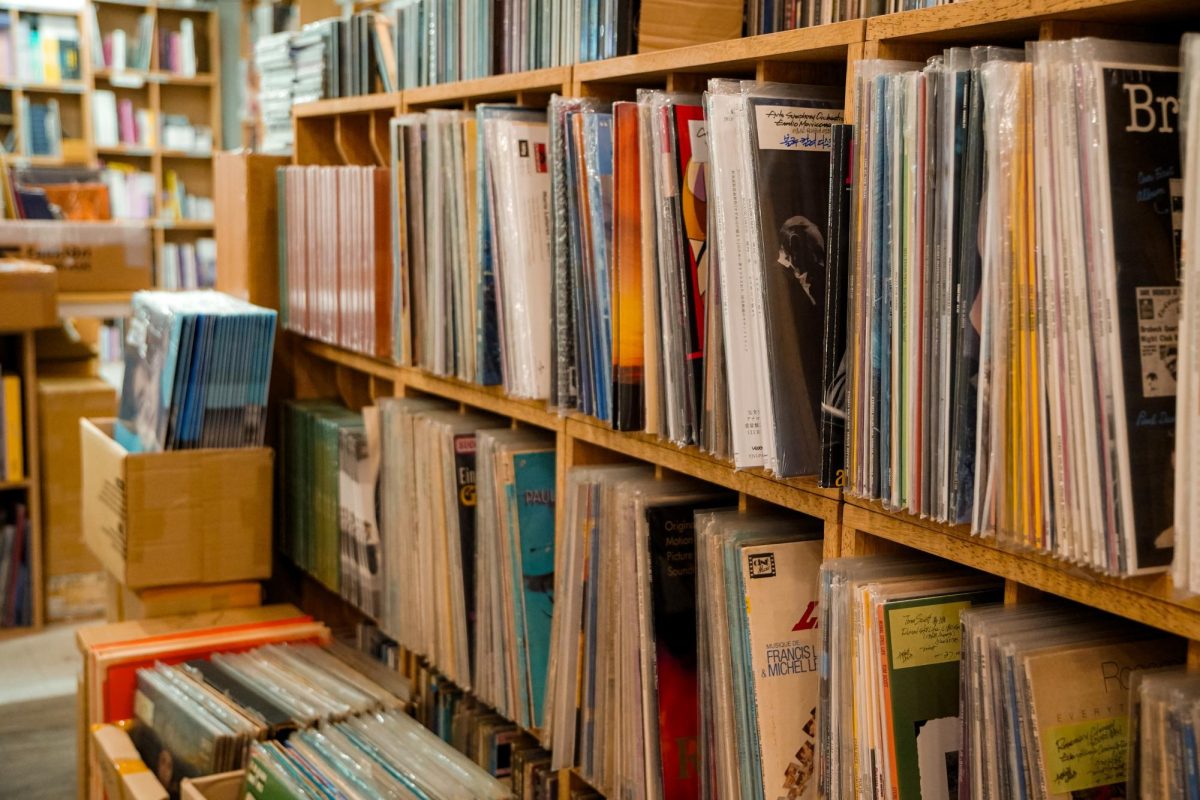
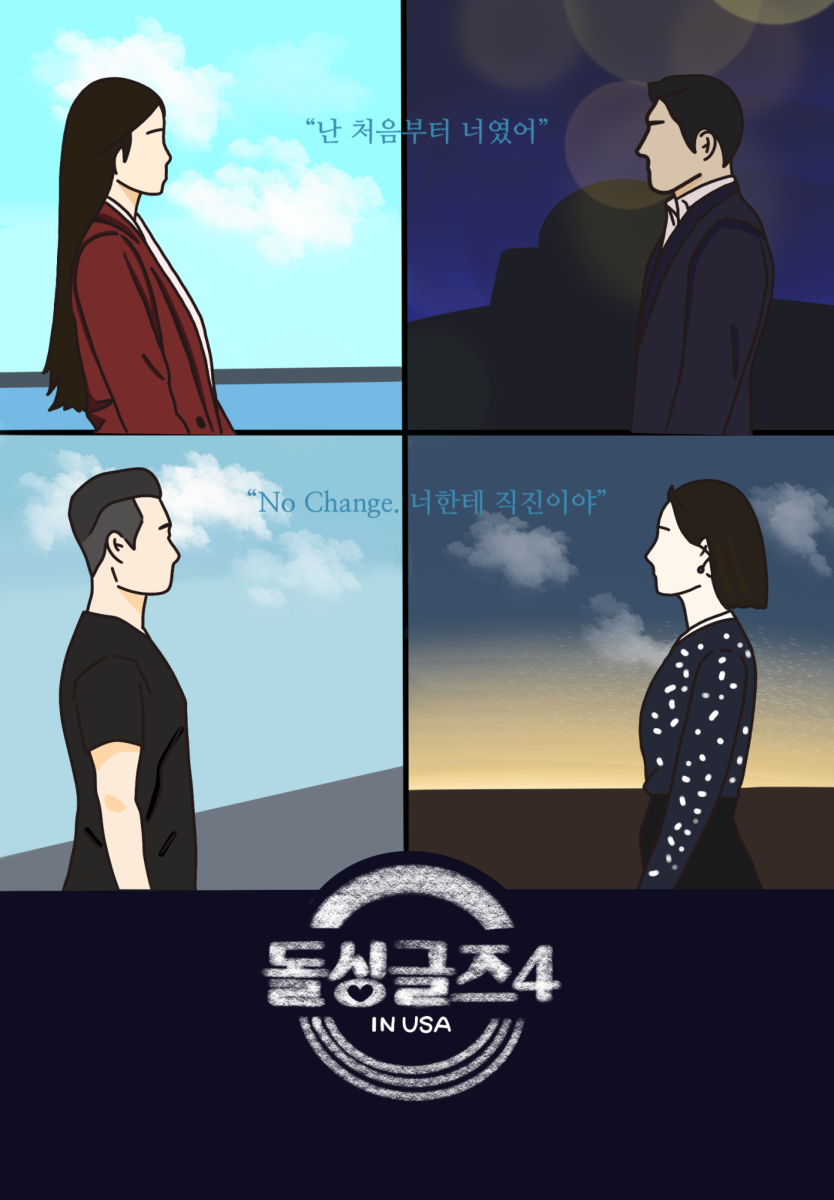

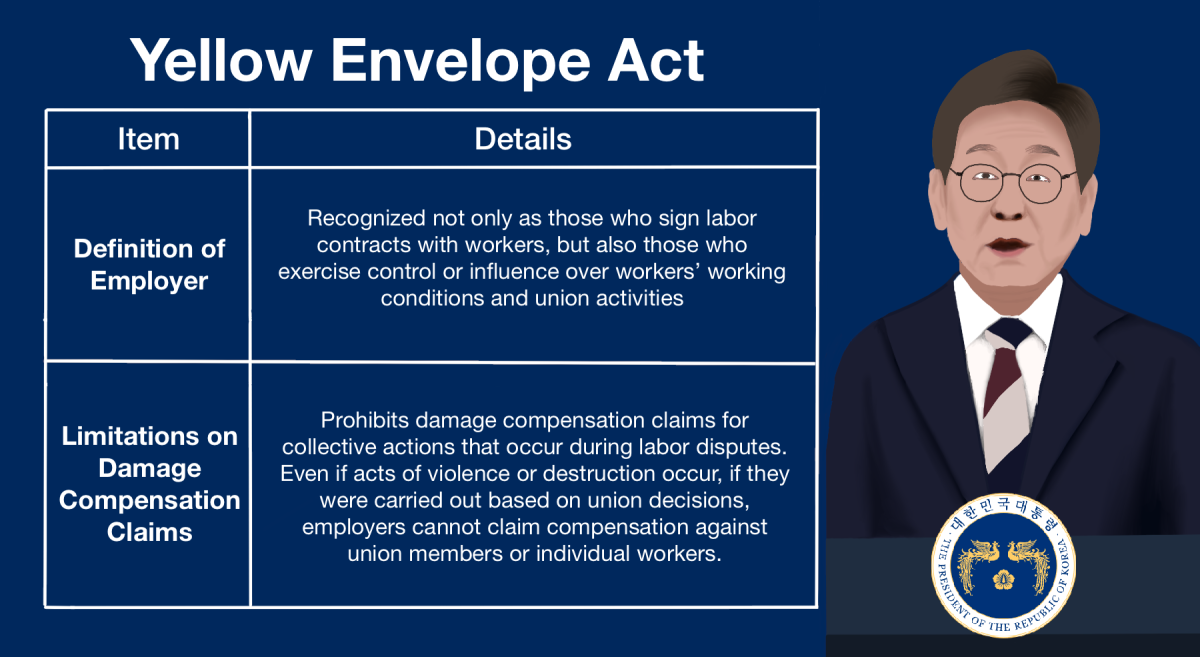


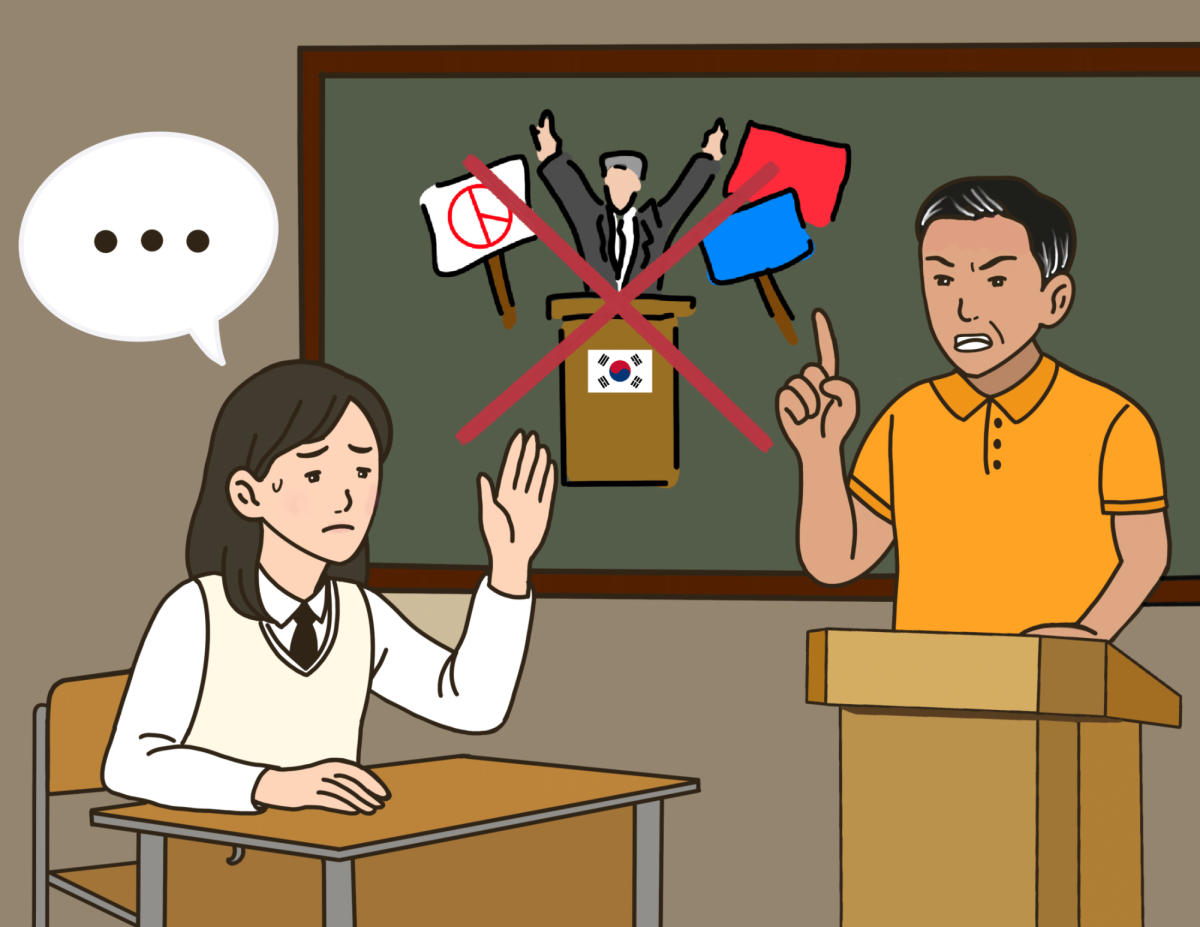

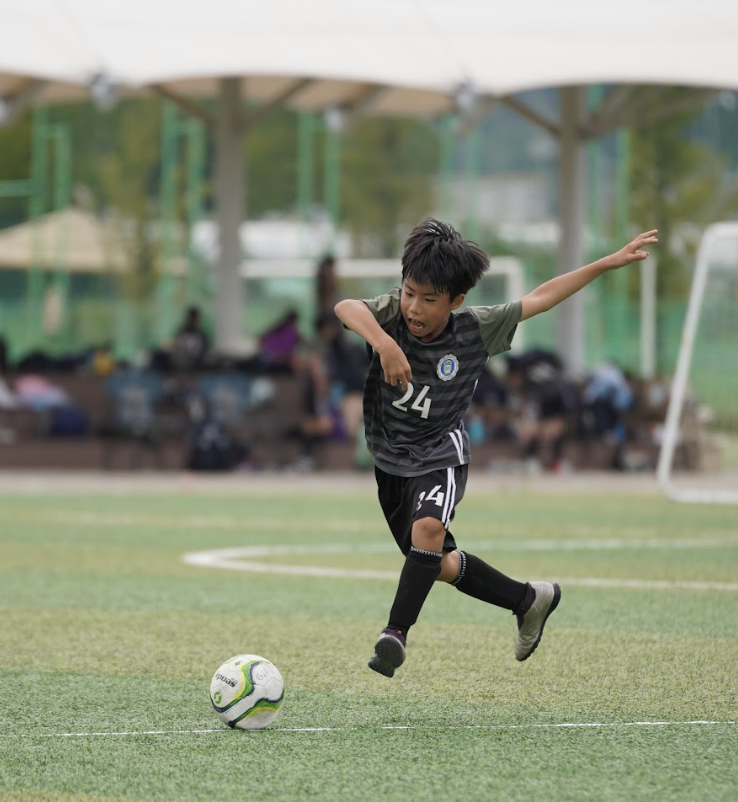
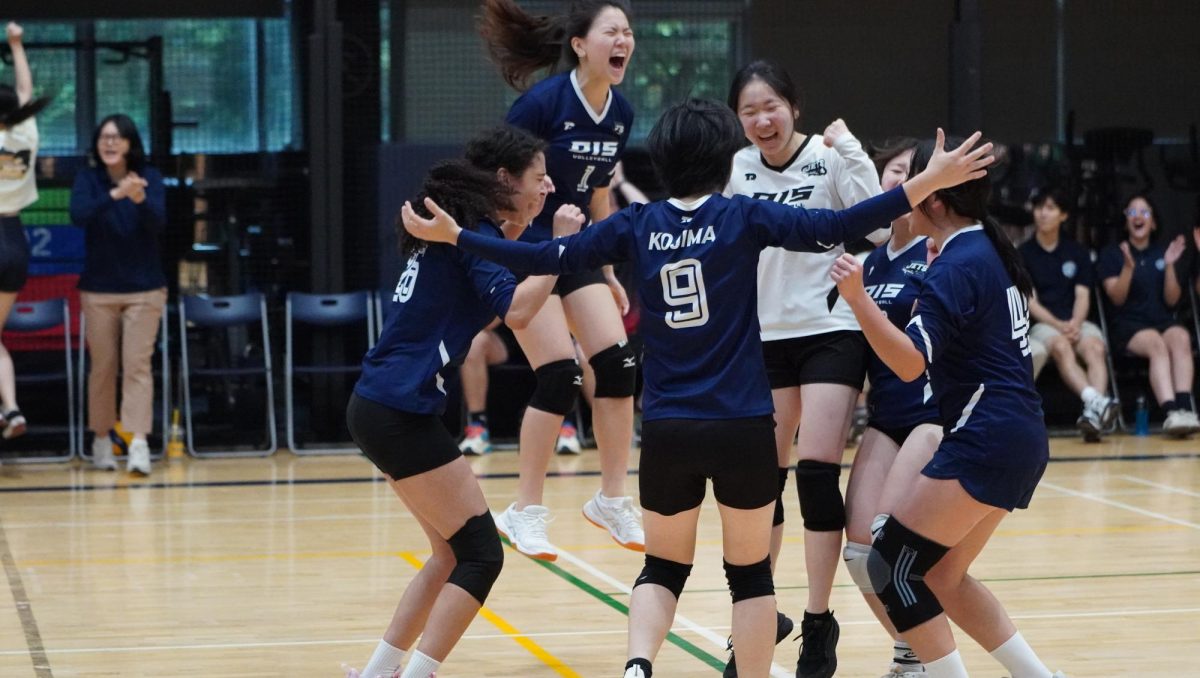
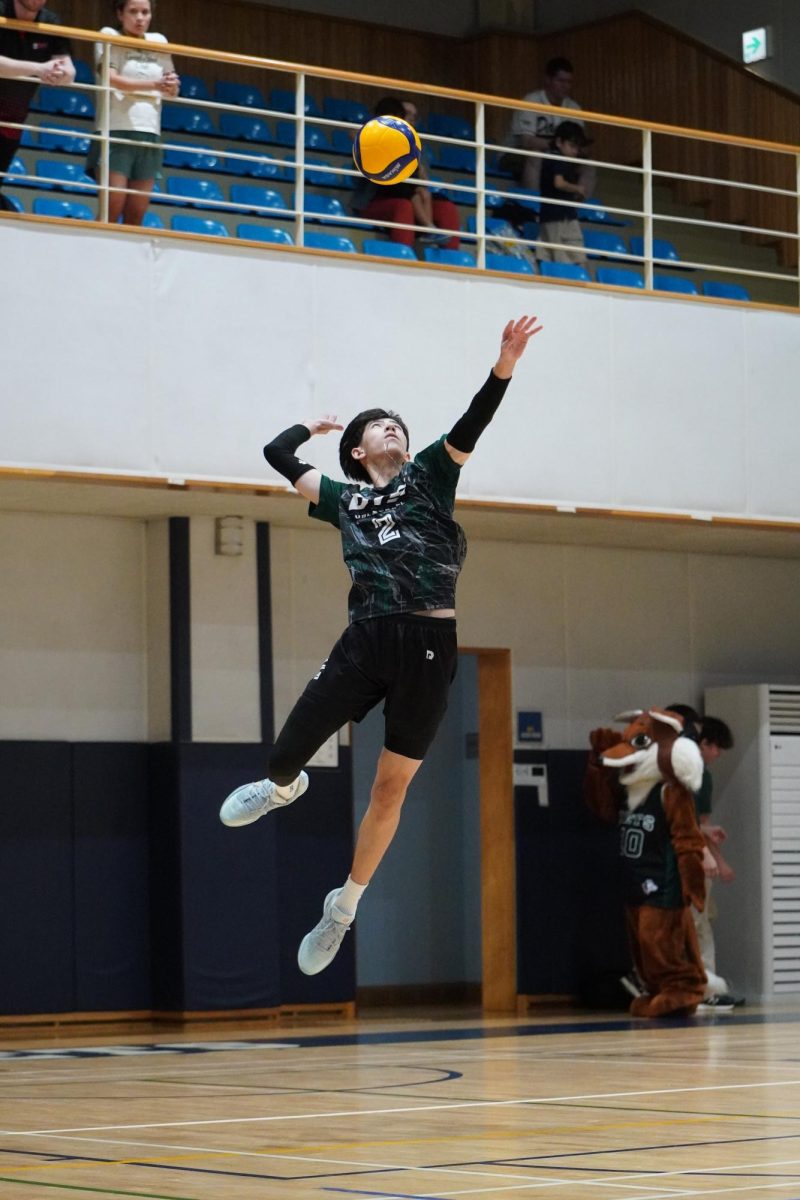
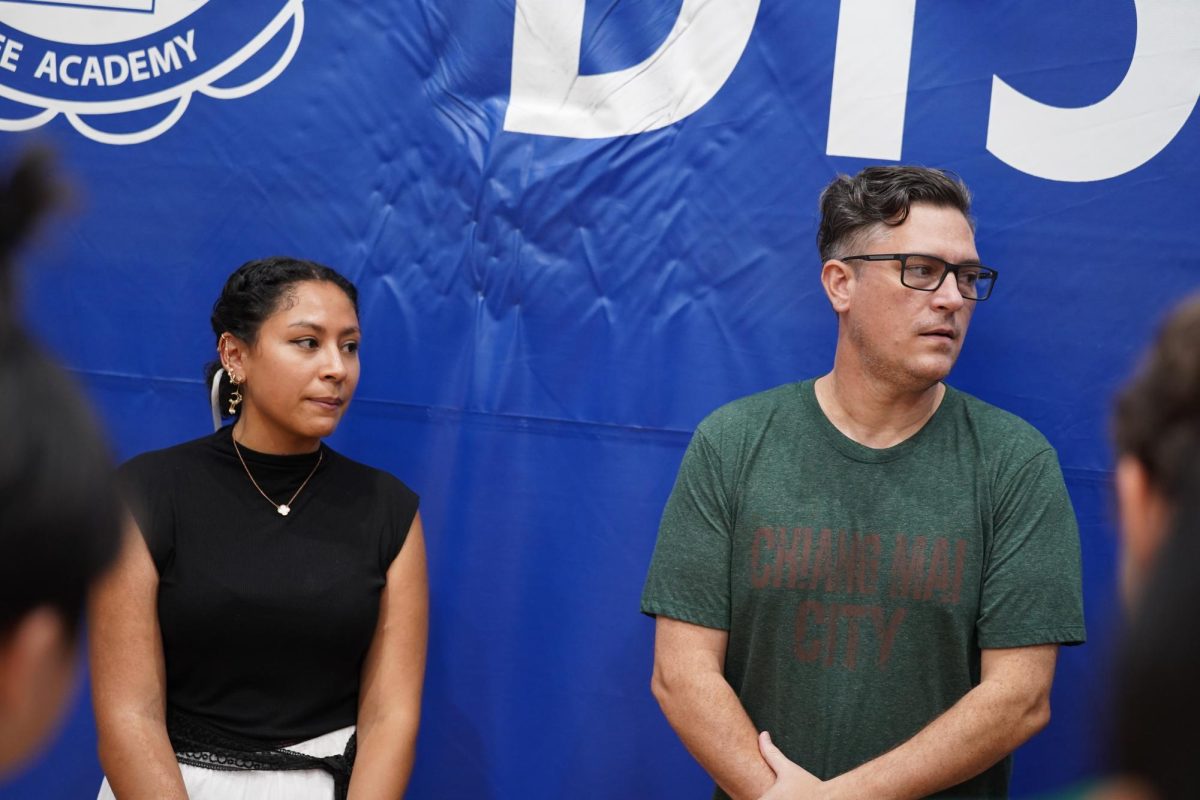
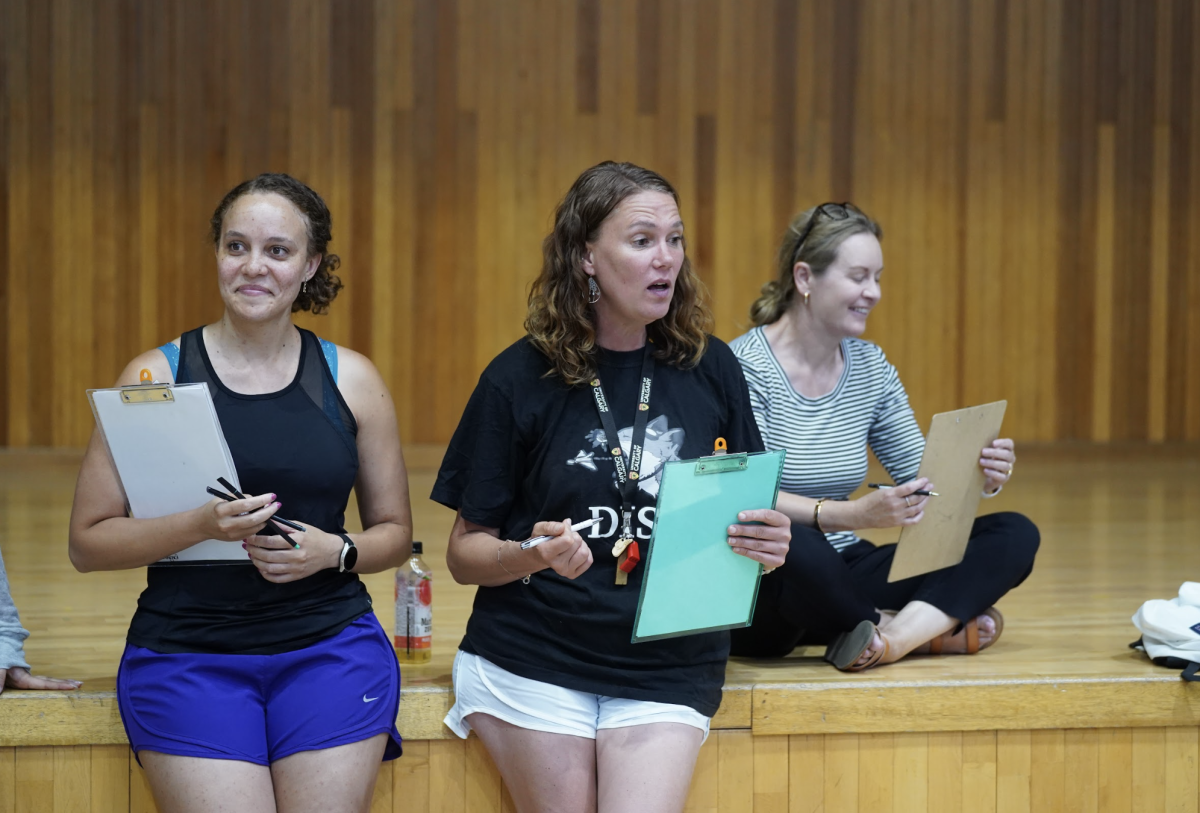




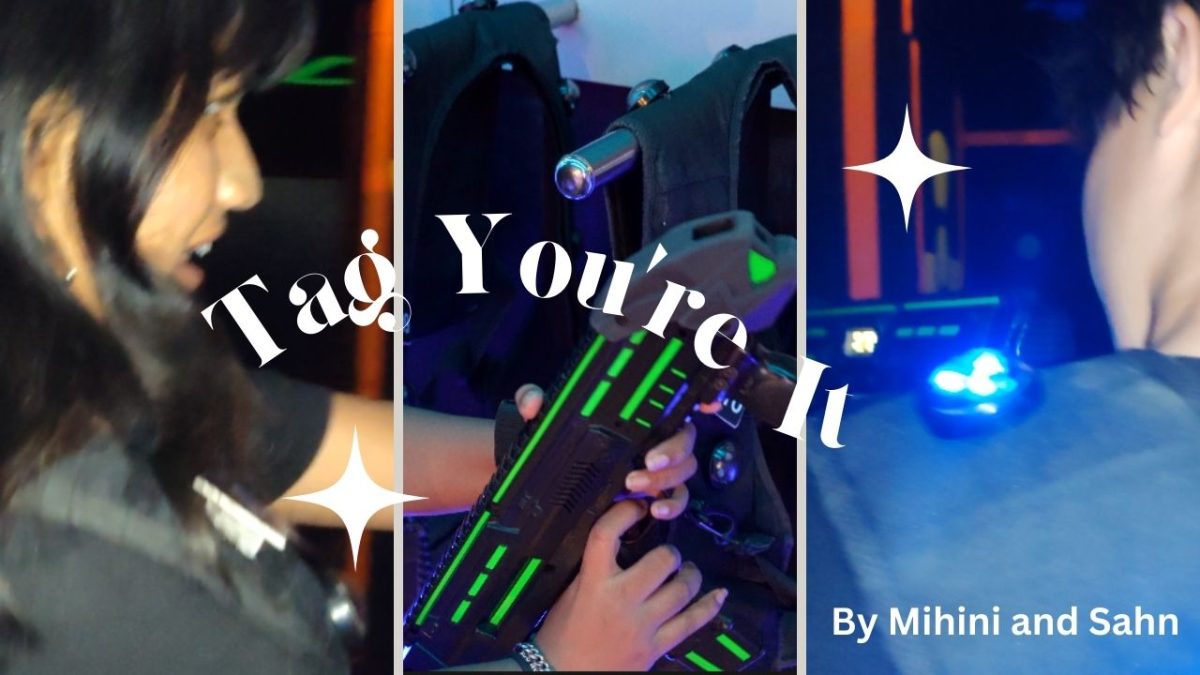

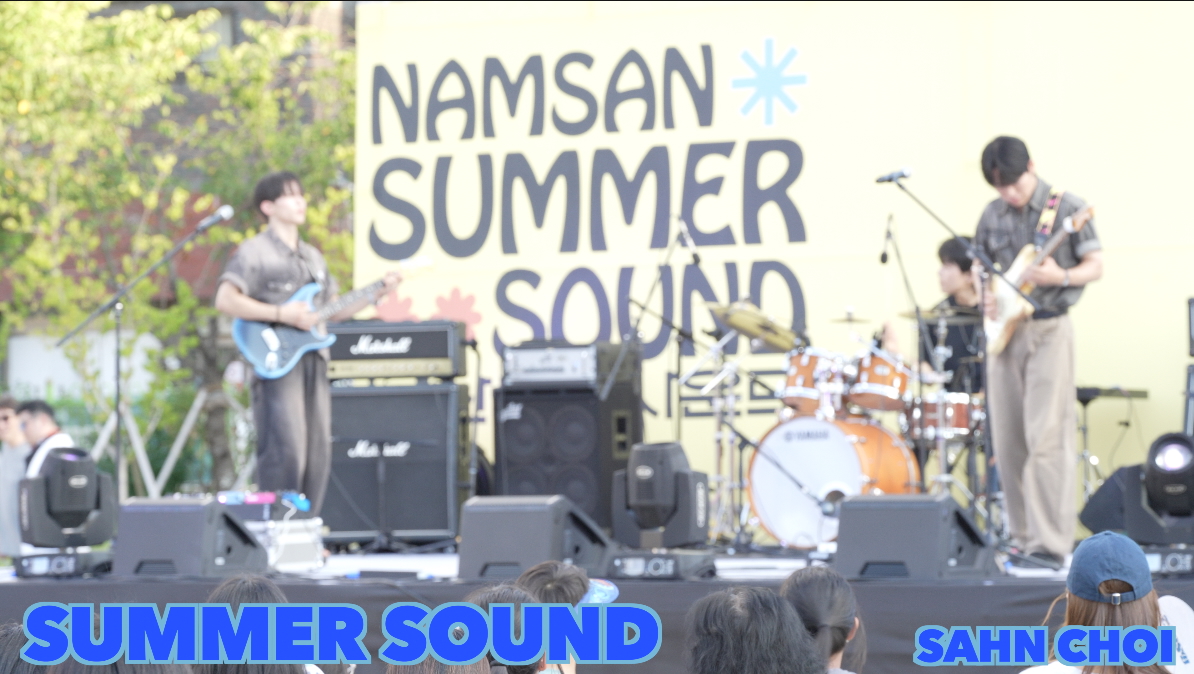
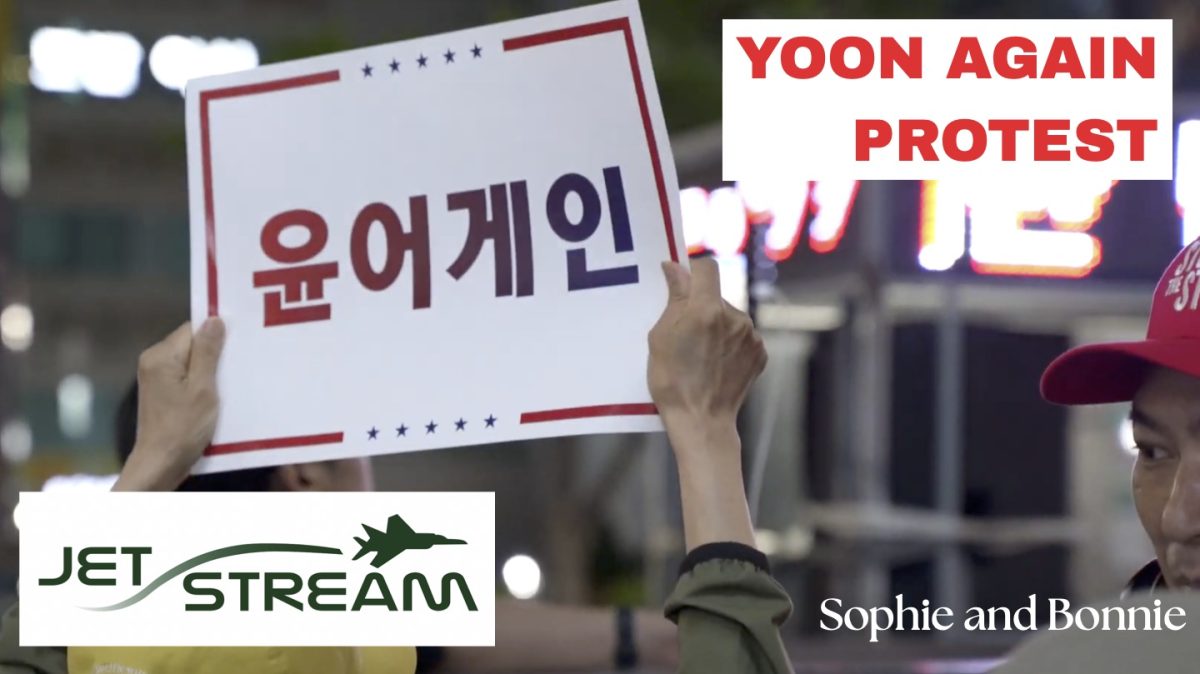
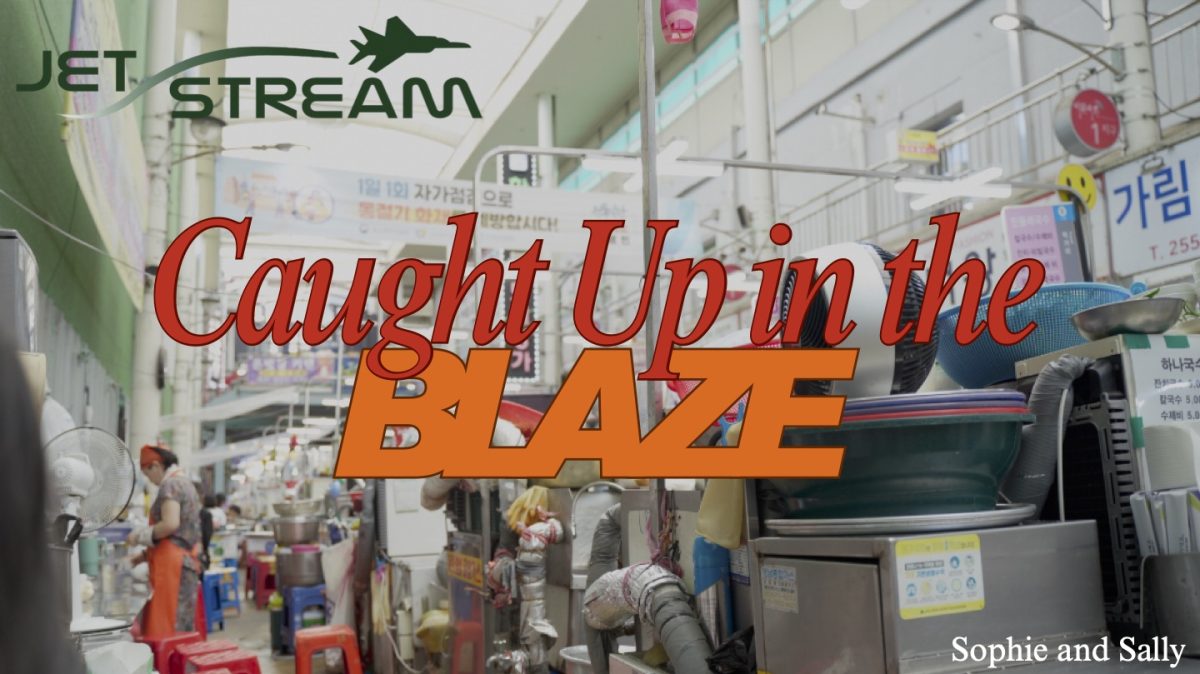



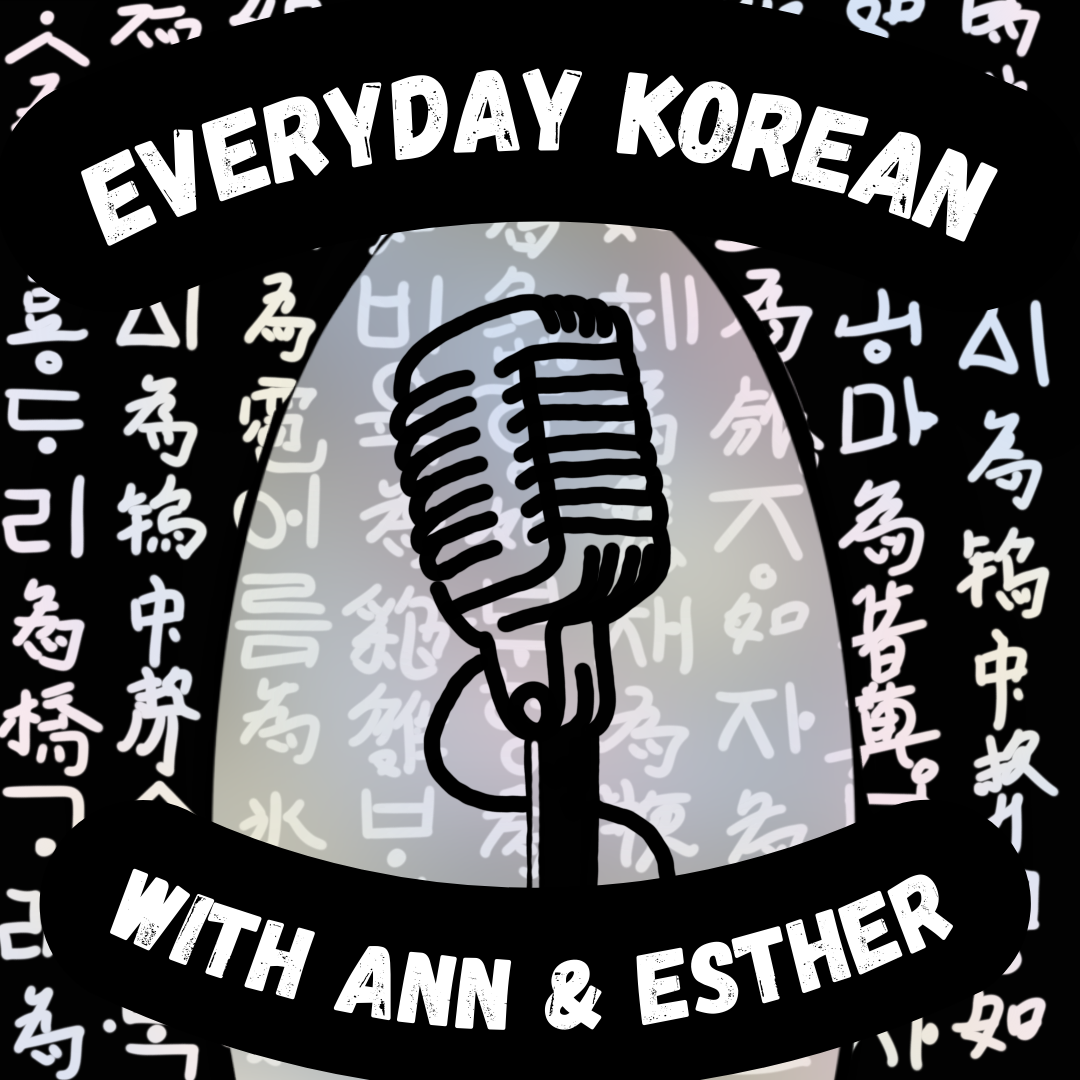
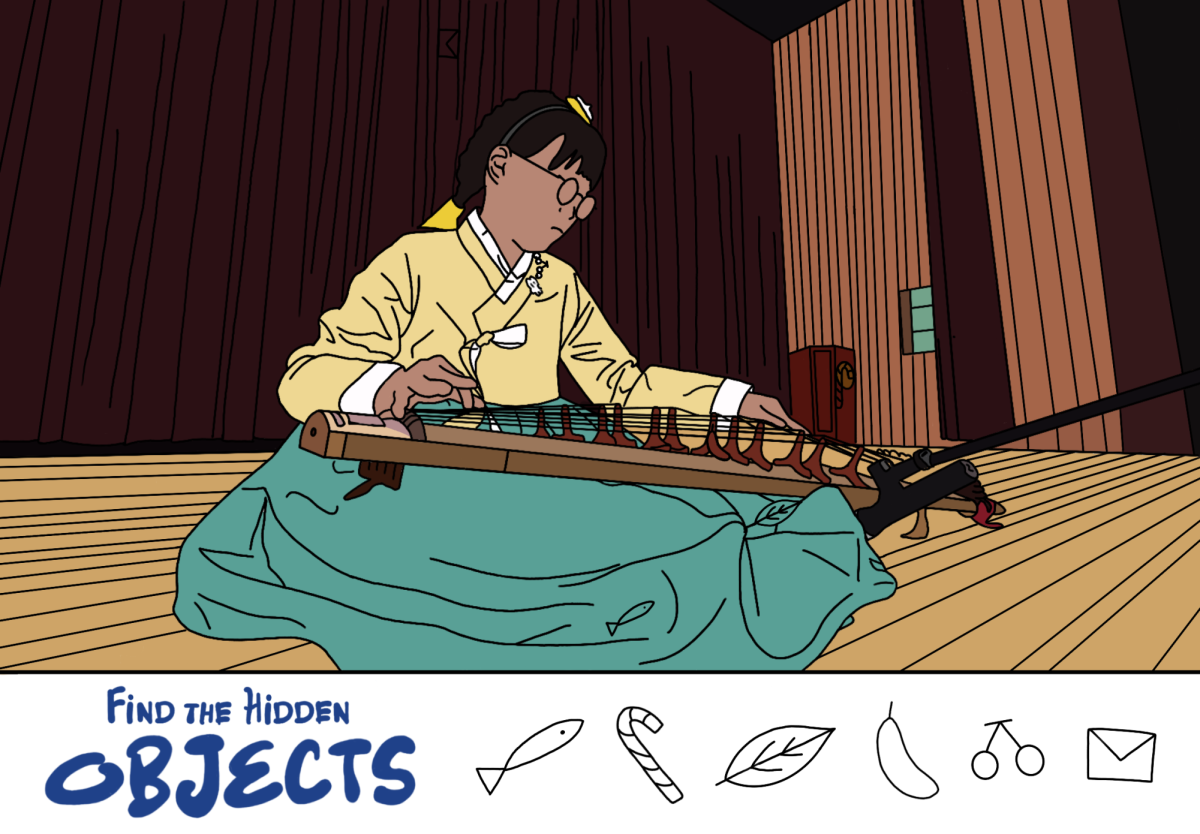

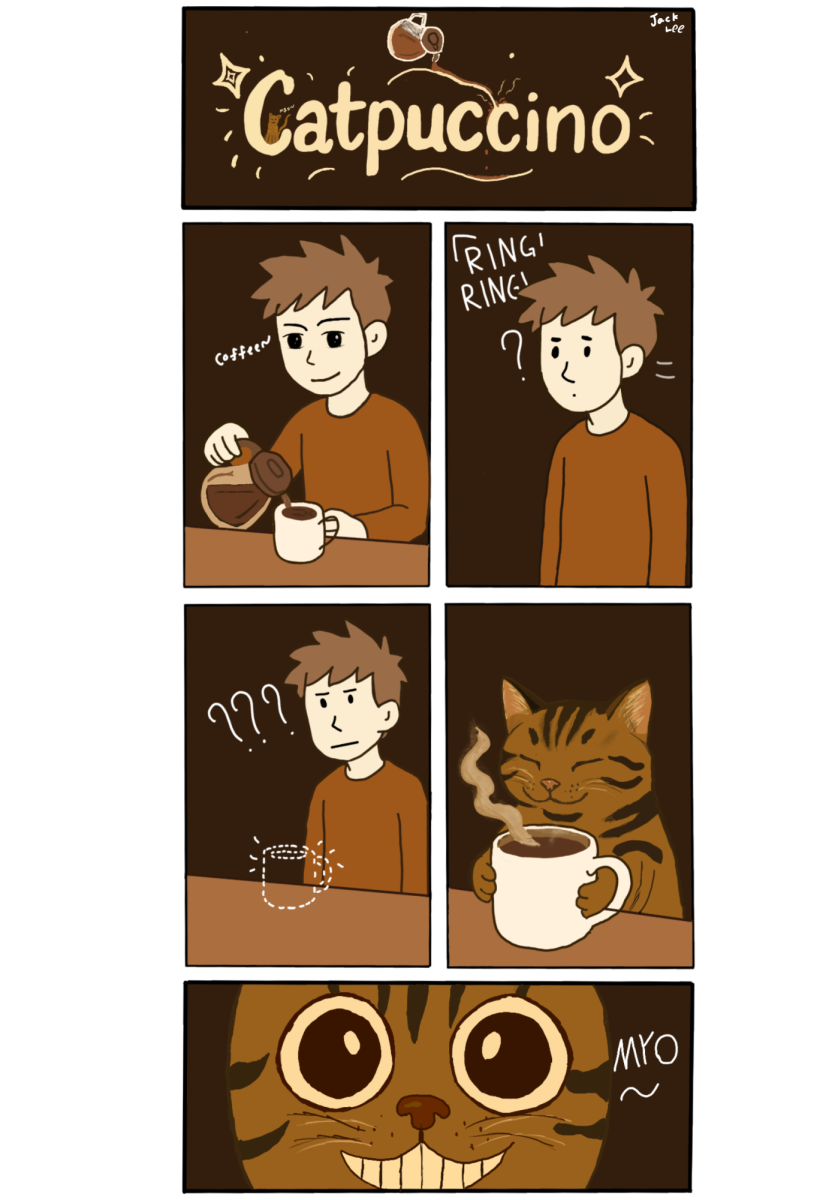



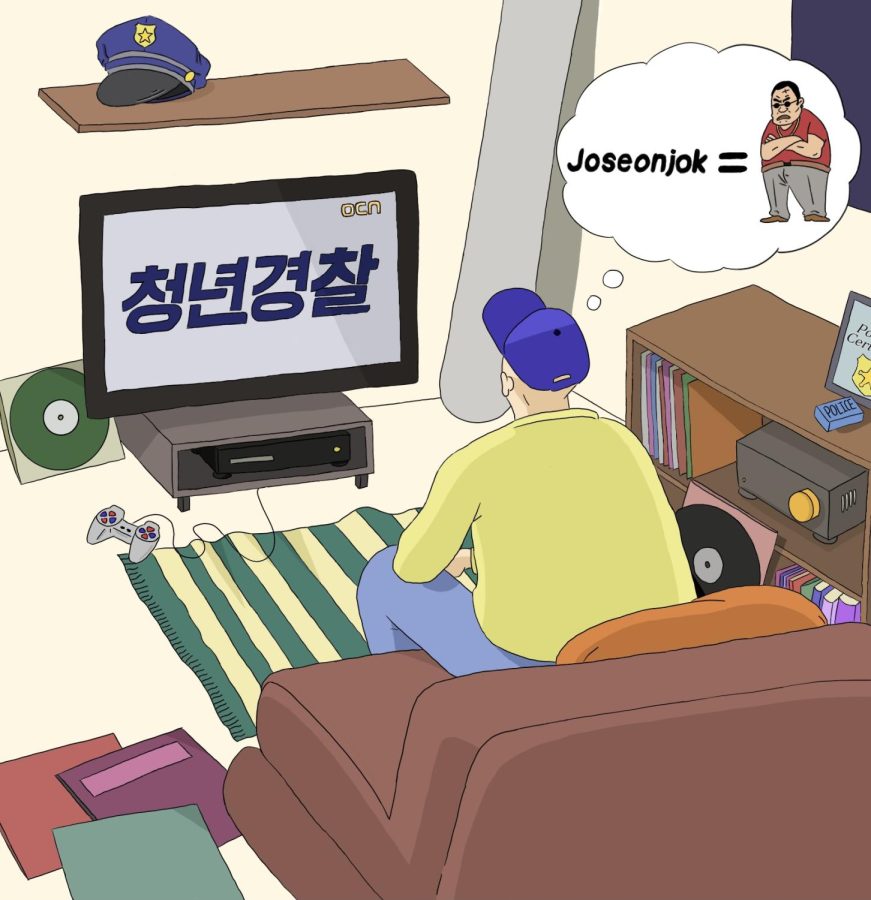
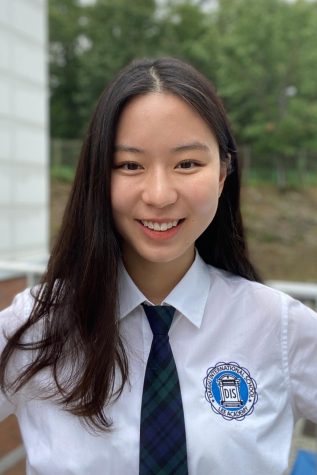

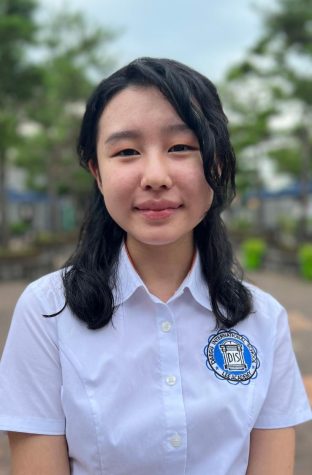
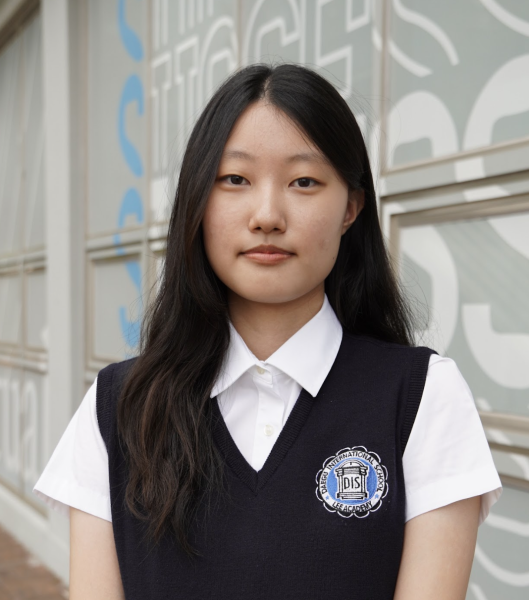
Geo • Oct 18, 2022 at 7:40 pm
Korea should pay attention to these issues
anna (tendy) • Oct 18, 2022 at 7:37 pm
people should throw away stereotypes and be tendy people
Joseph Yoon • Oct 13, 2022 at 7:40 pm
I feel bad about the joseonjok people